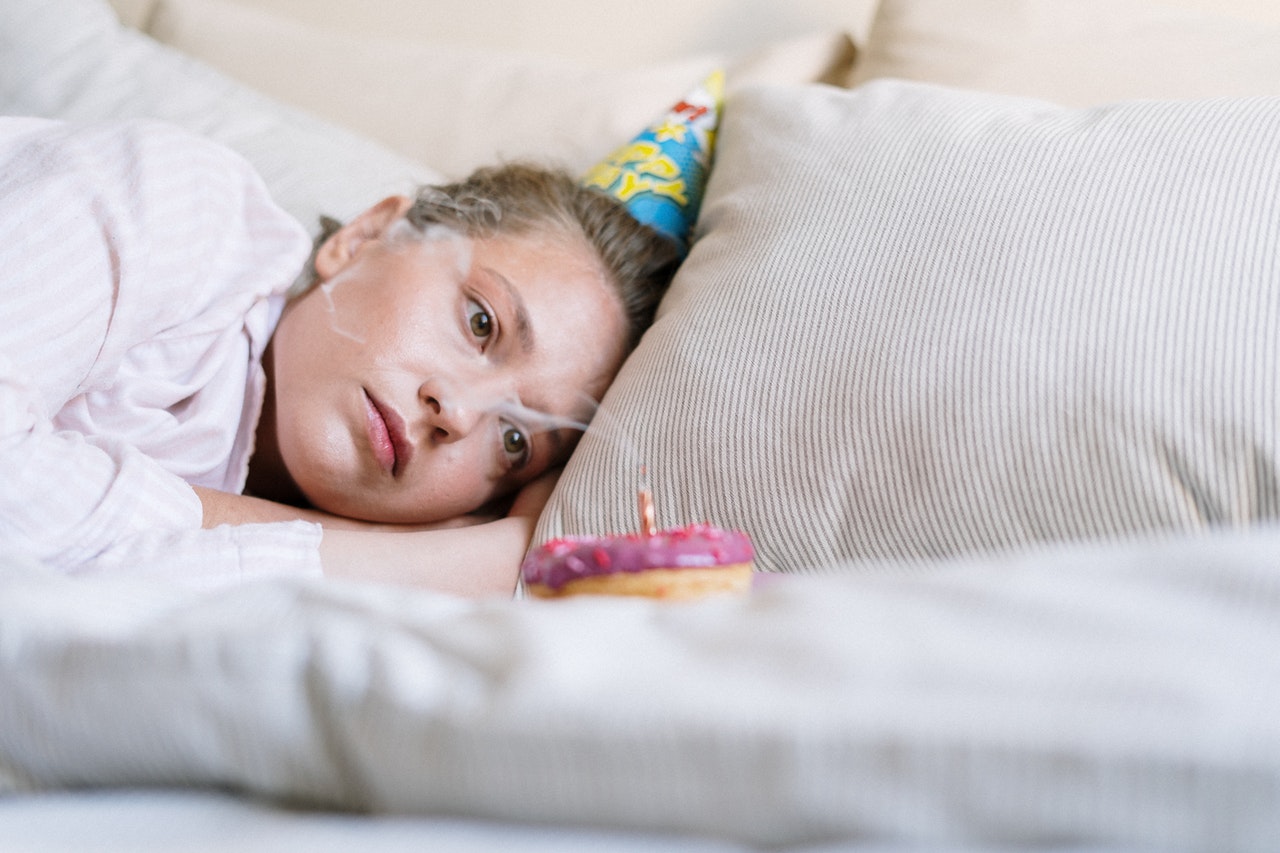

Make ADHD Your Superpower
This article aims to teach you how to utilize a practical framework to advocate for the support you need from coaches and other support providers;
The word ‘attachment’ is one we have come to adopt to describe our dependency on the digital world. However, the traditional meaning has more to do with our relationships with each other and our dependence on that. British Psychiatrist and Psychoanalyst John Bowlby is credited with the development of this kind of therapy. He took a sharp interest in the relationship between small children and how they attach themselves to older adults to feel safe, and how that directly impacts their adult lives. Bowlby found many links between childhood deprivations and adult life mental health issues. His fascination inspired many other researchers and eventually lead to the development of attachment-based therapy.
Finding the right therapist and the right kind of therapy can be very grueling. The more educated we are on the kinds of therapy available, the easier it is to decide what works best. In this article, we will be explaining what attachment-based therapy is and how it may benefit you and your family.
What Is Attachment-Based Therapy?
Attachment-based therapy is a process-oriented kind of psychological counseling. In this practice, the client-therapist relationship is based on rebuilding or developing trust. These therapists look for a connection between the client’s infant and early childhood experiences with his or her caregivers and how that developed their emotional and physical relationships as an adult.
This method can be used for individuals, families, couples, and groups from children to adults. Anyone who may benefit from relationship building is encouraged to look into this approach. People who traditionally gain the most from attachment-based therapy are children in foster care, adoptees, and victims of trauma. Attachment-based family therapy (ABFT) has also been proven to help treat adolescents and children who are suffering from depression or thoughts of suicide.
Attachment-Based Family Therapy
Attachment-based family therapy is when a mental health professional works with a parent and child to nurture and rebuild an emotionally secure relationship. This approach is rooted in the attachment theory and has been very successful in treating adolescents’ depression.
ABFT is a manualized therapy, so it has a specific structure for therapists who practice it to follow. There are five therapeutic tasks that are completed during the course of sessions.
The first task is relational framing. This typically takes one session to complete. Relational framing is designed to shift focus from the symptoms and toward the improvement of the relationship. The goal is for family members to understand that the purpose of treatment is to identify what damaged the trust in the relationship.
The second and third tasks involved alliance building. This can take anywhere from two to four sessions to complete. The therapist will work to create a therapeutic alliance with the adolescent in individual sessions by learning his or her strengths and interests. They will also help them understand and better articulate their relationship with their parent or caregiver. Then, the therapist will create a similar alliance in an individual session with the parent in order to offer empathy and support. They may also explore attachment issues the parent is experiencing from his or her childhood. After, the adolescent and parent will come back together and discuss concerns.
The fourth task is resolving the attachment issues. This is central to ABFT. Task four may take from one to four sessions to complete. The therapist will guide the adolescent through expressing his or her concerns and encourage the parents to be understanding and empathetic. This task works to layout a better foundation for a more secure attachment.
The final task promotes autonomy in the adolescent and helps the parent strike the right balance between support and allowing the child to make his or her own choices.
The developers of ABFT believe that this approach impacts the family in a positive way that helps alleviate many mental health concerns. Therapists who practice ABFT also focus on core conflicts, misunderstandings, and vulnerable emotions in the family dynamic. They emphasize the instinctual desire people have for being attached and feeling secure, so those who participate in ABFT may find their family relationships improve overall!
Who It Can Help
Attachment disorders are psychiatric illnesses that develop in young children and often result in difficulty or an overall inability to emotionally attach to others. This is almost always a result of an infant or toddler abuse/negelect.
Children who were in foster care or orphanages are more likely to experience attachment disorders. Children who experience a traumatic loss are also prone to developing attachment disorders. The American Academy of Child and Adolescent Psychiatry says that symptoms of attachment-based disorders often appear within the first five years of life.
Symptoms may include:
Attachment-based disorders, if left untreated, may lead to Disinhibited Social Engagement Disorder or Reactive Attachment Disorder (RAD).
Disinhibited Social Engagement Disorder is found in children who are overly friendly with strangers or are not afraid of people they have not met. They may walk up to strangers and talk or even hold their hand. Very young children may feel comfortable allowing strangers to hold them, feed them, and even play with them. This is because they do not have parents or caregivers to look to for assurance.
Reactive Attachment Disorder is a brain disorder found in children that have negative experiences with adults during their developing years. These children do not seek out adults or loved ones in times of emotional distress. This is characterized by children having little to no emotions when they interact with others. Children suffering from Reactive Attachment Disorder are prone to unusually strong emotions such as depression, fear, unhappiness, and irritability and lack the ability to be comforted.
The goal of ABFT is to:
Types of Attachment-Based Family Therapy
Evidence-Based Attachment Therapy
Disinhibited Social Engagement Disorder and Reactive Attachment Disorder are both serious conditions and, unfortunately, under-researched. Individuals who are actively seeking effective treatment for these disorders should request a psychiatric assessment so an individualized treatment plan can be created by a licensed mental health professional.
The best treatment practice involves the parents and other family members of the child. Much of the healing is through techniques and relationship strengthening that have to come from others. Parents should expect collaboration to be successful.
Child-Parent Relationship Therapy (CRPT)
Child-Parent Relationship Therapy is an attachment-based therapy that is typically for children ages 3-8 who have attachment disorders. This is play therapy, meaning that the parents and child are actively involved. This two-part therapy helps the child learn to rely on their parents for his or her basic needs, therefore enhancing his or her attachment. The parents learn how to respond to their child’s needs and manage symptoms.
This therapy may take place in a variety of settings, including clinics, the home, community centers, schools, and hospitals.
Dyadic Developmental Psychotherapy (DDP)
Dyadic Developmental Psychotherapy is an attachment-based therapy aimed at families of children between the ages of 5 and 17. Children who suffer from attachment disorders, as well as trauma who meet the criteria for RAD or Developmental Trauma Disorder, are good candidates for DDP.
DDP is designed for children who were neglected, abused, or placed several times in foster care. They do not have the chance to experience the reciprocal (dyadic) relationship necessary for healthy development due to their primary experiences of attachment. Foster or adoptive homes with a healthy parenting style may be able to help a child overcome his or her past experiences if they can learn to trust and engage with the new caregiver. The more traumatized a child is, the harder it will be for him or her to bond with the new parent. DDP works to enhance a child’s ability to accept being parented. This therapy is rooted in empathy, acceptance, and playfulness.
A Word from Mental Treat
It can be very difficult when your child has a mental health issue of any kind. It is important to be involved in therapy as well and maybe look into additional support for you as a parent. Please do not take it personally and know there are a variety of reasons as to why the attachment problem exists. We encourage people to find the help they need and have a variety of articles on how to find an affordable therapist in a variety of major cities. As always, you can use Mental Treat to filter and identify the best therapist for you or your child. Take care, and be well.


This article aims to teach you how to utilize a practical framework to advocate for the support you need from coaches and other support providers;


Do you know those happy couples on Instagram who seems like they have it all together? They have one thing in common: little to no sexual


Unfortunately, we often do not learn enough about what makes a relationship healthy. Even if we do, the lesson does not always stick when it comes


Online therapy, especially as a result of COVID-19, has become increasingly more popular. It is easy, you can do it from anywhere, and it eliminates the


Couples therapy is a great way to restore a relationship. If you and your partner are experiencing problems and looking to work through them, it could


As the holiday season approaches, not everyone is filled with cheer. Some people love the seasons and start decorating their houses as soon as possible. They